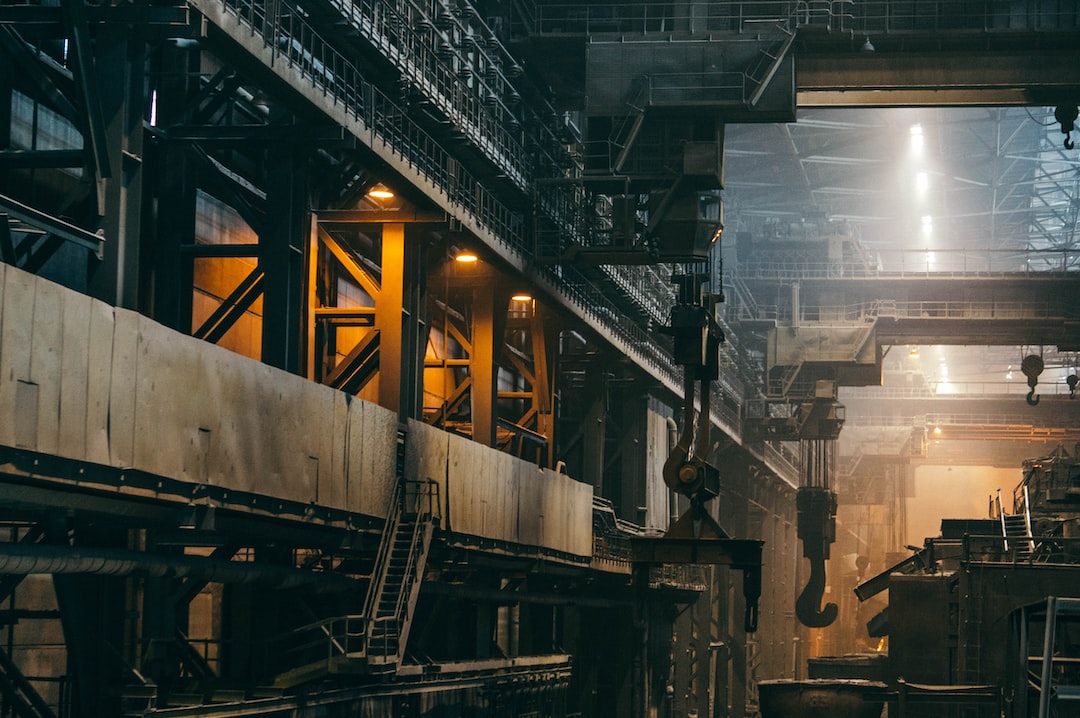The future of additive manufacturing: A look into 3D printing technology.
The world is witnessing a technological revolution that is bringing unimaginable advancements in numerous fields. One such breakthrough that has gained significant attention is additive manufacturing, better known as 3D printing. This incredible technology has not only transformed various industries but also holds immense potential for shaping the future.
So, what is additive manufacturing? Put simply, it is a process of creating three-dimensional objects by layering materials on top of each other, as opposed to traditional subtractive manufacturing methods where material is removed by cutting or drilling. This innovative process allows for the production of complex, intricately designed objects with exceptional precision and accuracy.
One of the most exciting aspects of 3D printing is its versatility. It can be used with a wide range of materials, including plastics, metals, ceramics, and even biological substances like living cells. This opens up a world of possibilities, from creating custom prosthetics, surgical implants, and dental crowns to building components for aerospace, automotive, and even fashion industries. The potential applications seem limitless.
In addition to the materials used, another significant advantage of additive manufacturing is its ability to produce objects at a much faster pace and with less waste compared to traditional manufacturing methods. This aspect is particularly beneficial in today’s fast-paced world, where manufacturers are constantly striving to minimize production time and reduce costs. By eliminating the need for expensive molds, prototypes can be created and tested in a fraction of the time, accelerating the product development cycle significantly.
Furthermore, 3D printing technology enables customization on a scale never seen before. With the ability to create unique designs for individual users, mass production is no longer the only viable option. For example, in the medical field, customized medical implants can now be created based on a patient’s specific anatomy. This not only improves the comfort and functionality of the implant but also reduces the risk of rejection or complications. Similar advancements can be seen in other industries as well, where personalized products are becoming increasingly popular.
The future holds even greater potential for additive manufacturing. As technology continues to evolve, new advancements are being made to address the challenges currently faced by 3D printing. For example, one major limitation of current technology is the relatively small size of printable objects. However, researchers are constantly exploring ways to overcome this limitation, with the aim of creating larger, more complex structures. If successful, this would pave the way for the production of full-scale buildings or even entire cities using 3D printing technology.
Another area of development is the improvement of printable materials. Although there already exists a wide range of materials that can be used for 3D printing, researchers are continuously working on developing new materials with enhanced properties. For instance, the incorporation of conductive or super-strong materials would enable the production of electronic components or durable parts for critical applications.
Additionally, the use of sustainable materials is another area that researchers are keen to explore. By utilizing biodegradable or recycled materials, the environmental impact of this technology can be further reduced. This aligns with the growing concerns regarding sustainability and presents an opportunity for additive manufacturing to contribute to a greener future.
Moreover, 3D printing is not limited to Earth-bound applications. Scientists are now looking into the potential of additive manufacturing in space exploration. The ability to produce spare parts or tools on-demand during long-term space missions would revolutionize space travel, reducing the need for costly resupply missions and increasing mission efficiency.
In conclusion, additive manufacturing, or 3D printing, has undoubtedly revolutionized the way we produce and create objects. Its versatility, speed, and customization capabilities have led to numerous advancements across various industries. However, the future holds even greater potential, with ongoing research and development aiming to overcome current limitations and explore new applications. As this technology continues to evolve, we can expect to witness extraordinary innovations, from large-scale construction to sustainable production methods. The future of additive manufacturing is undoubtedly exciting, and its impact on our lives is yet to be fully realized.

